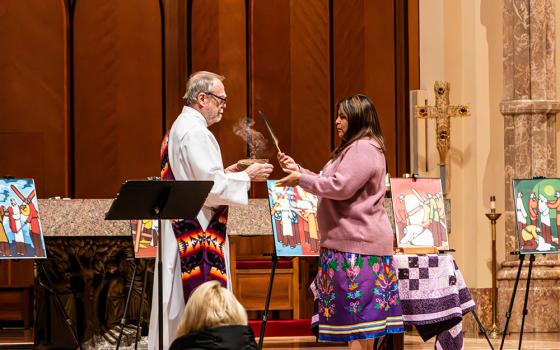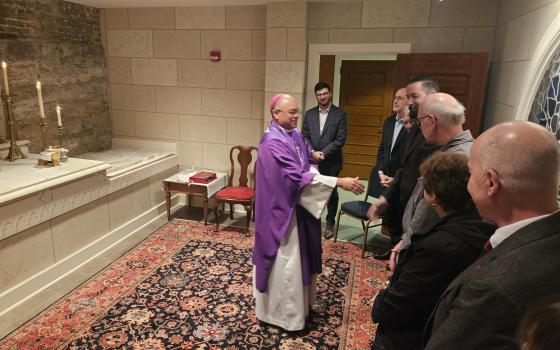Tom Roberts of NCR is a guest on Interfaith Voices this week, discussing the John Jay report on the causes and context of sex abuse in the Catholic Church. That report covers the period from 1950 to 2010.
As Tom points out, the entire study is severely hampered by the fact that it had only the data supplied by the Catholic bishops and their chancery offices. And then, it had data only from cases that were certifiable as sex abuse, not questionable cases.
The report says that incidents of sex abuse rose sharply in the 1960s and 1970s and declined thereafter. That's the reason it ties them to the larger social context of the time, what is often called the "sexual revolution."
But, when I read the report, I kept wondering: what about the period prior to 1950? In that time period, when the church was relatively conservative, ordinary lay Catholics would have been very reluctant even to believe a child's report of such abuse and not likely to report anything to church authorities. If they did, they probably got the same "brush off" that people got in the 1960s and 1970s. Tom Roberts says that we know of incidents from that time period, but no one knows how extensive the problem might have been in those years. That raises questions about the hypothesis that puts the social context in the 1960s and 1970s.
Tom had a lot more to say on this week's show. You can also hear about "spirituality in the senior years," the role of religious ritual for people with dementia (turns out: people who can't remember their own name remember hymns and prayers!), and Andrew Bowen's month as a Buddhist (he's the spirituality promiscuous guy who's immersing himself in a different religion each month for a year). Here's the link.




